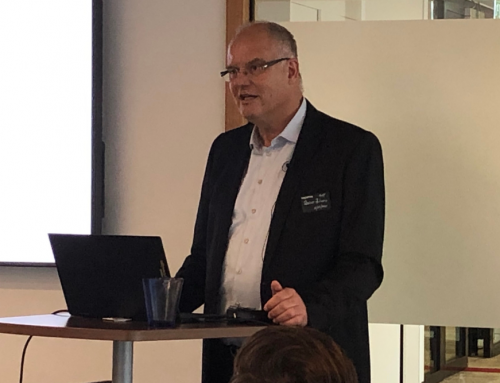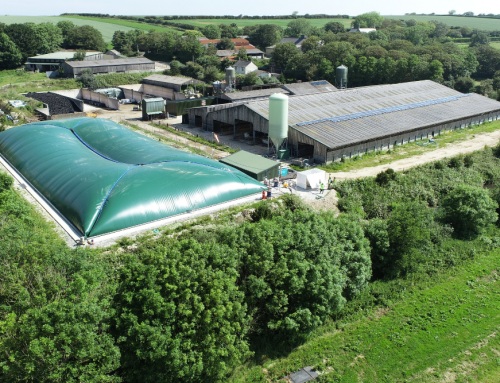Midsize Companies Need a Systematic Approach to Cost Analysis
As companies scale up and grow it become much harder to keep track of business metrics manually. Small start-ups thrive under the eye of their passionate founders but in the midsize company, the landscape becomes more complex and costs can become opaque, pricing can get out of kilter and profits dip.
When costs are stable it is relatively easy to manage, but when times are volatile or products and services start to multiply it is harder to keep control. Tracing costs back manually is tricky, resulting in either overpricing or underpricing of goods and services – either of which will cause problems.
Paper based reporting can be slow and subject to human error – leaving many activities unmeasured. Business owners find themselves operating in the dark with no way of shining a light onto their business activities.
This is when mid-sized scale ups need technology to help. An ERP (Enterprise Resource Planning) system will help reveal where value is created – tracking the cost of materials and looking for issues that impact the bottom line, like over stocking or under utilisation of staff.
This is an important milestone for the midsize company as it marks the moment when digital transformation can begin – whether manufacturing or service based.
Digital Transformation in the Midsize Company
Midsize companies almost never start from scratch. They usually have some sort of IT that worked for them when they started out. This is often something like QuickBooks or Xero. But if expansion is successful then most companies will outgrow these and need to trade up. They might move on to something like a Sage accounting package but inevitably there will be moment when they realise that all of the company’s operations need integrating onto one connected system.
This is the point when a cloud ERP system makes most sense as it can carry the company through expansion and into the future. If a digital transformation is to be successful then the system needs to be capable of going beyond ERP. Companies need a robust platform that can connect with technologies of the future like the Internet of Things which can gather data along with the advanced analytics which will translate that data into useful predictions.
Map your route
The growing mid sized company needs a roadmap to outline the way ahead. This might include growth plans like overseas expansion and acquisition and will detail how any software selection can be aligned to those goals. Each implementation should be closely coupled to the opportunities it is intended to address.
When a digital transformation roadmap is firmly rooted in future plans, companies are in control with the information they need at their fingertips. As the true costs of goods and services are revealed, adjustment can be made. For example, one company discovered that a product range had been radically under priced, causing them to lose money. Once the adjustments were made they had a more realistic view of their position. With information about the true costs of each product or service, a company can make intelligent decisions about where to target capital expenditure.
Becoming a data-driven company can be tough and it is tempting to think that the effort is not worth the investment and that current systems are sufficient. But modernising technology and keeping a strong handle on costs is key to being competitive and profitable. A strong technology platform will put you in the best possible position to take advantage of breakthroughs as they emerge. In today’s landscape improvements must be continuous and the mid size company open and agile enough to take advantage of them.
Tips for ERP selection
Choosing the right ERP is crucial, as so many processes and systems will be layered on top of that base, and making changes later, or replacing ERP systems, is risky and expensive. Considerations when choosing ERP should include:
- The ability of the ERP software to grow with your business. How will your needs be different when your company is double or triple its current size?
- The future of the software company author. Small software companies can serve niche industries well, but a software vendor should be viable for the next 15+ years at least and promise regular software updates as standard.
- ERP license costs. Big companies like SAP will be around for a long time, allowing for scaling up, and are very versatile. Don’t forget SAP now make cloud software directly aimed at growing mid-sized companies like you.
- The availability of pre-built modules. An out of the box system like SAP Business ByDesign will be much quicker to implement if you are prepared to fit your processes to theirs.
- Ease of integration. A system built with open interfaces will ease integration with other software systems you need.
- The skill and reputation of your chosen partner. The company selling and installing the software will be a key ally if you choose well. InCloud Solutions prize themselves on being the centre for expertise in Business ByDesign for the UK.
Taking an incremental approach to digital transformation in your mid size company by biting off small chunks and celebrating success will set you up well for the future. When you have the right tools in place to analyse costs and view performance your business is primed for success and can really start to grow.










Leave A Comment